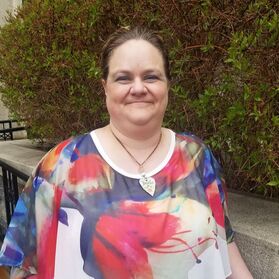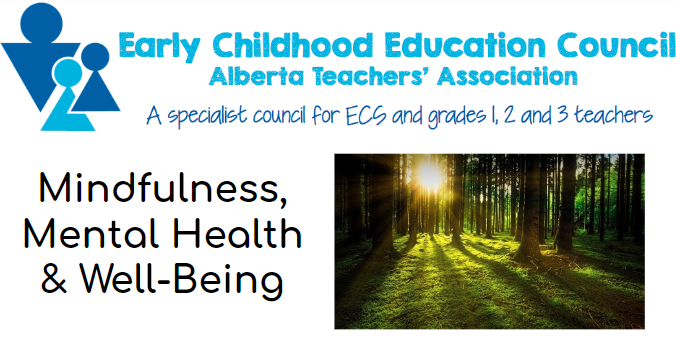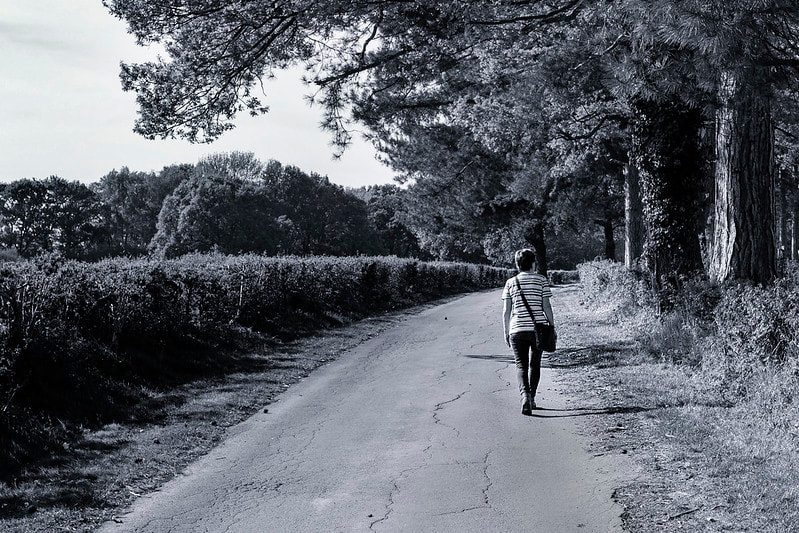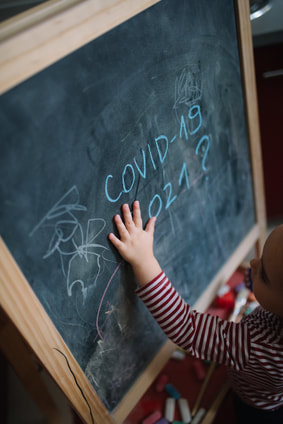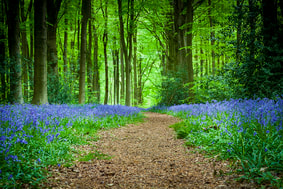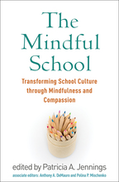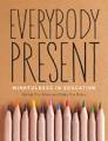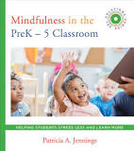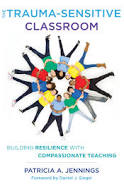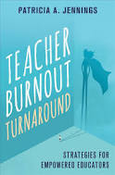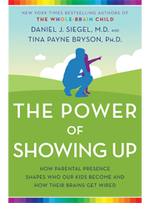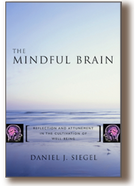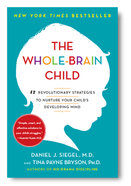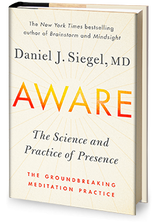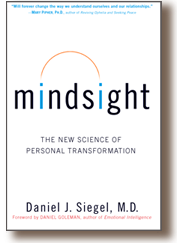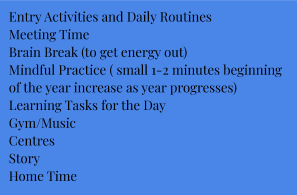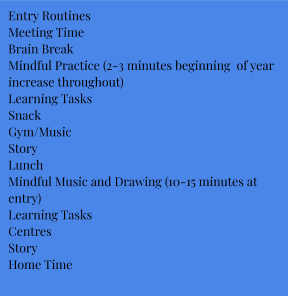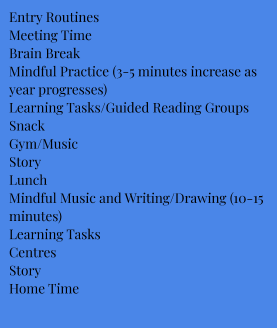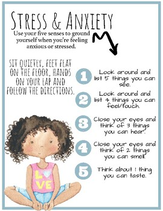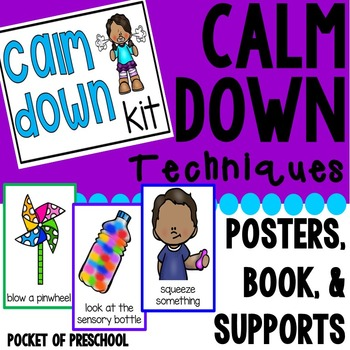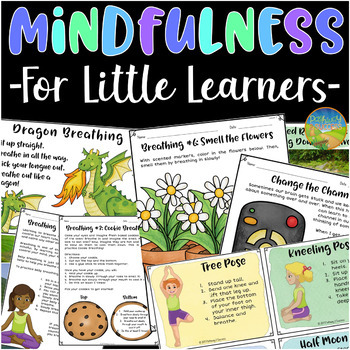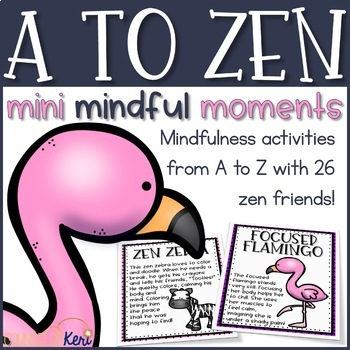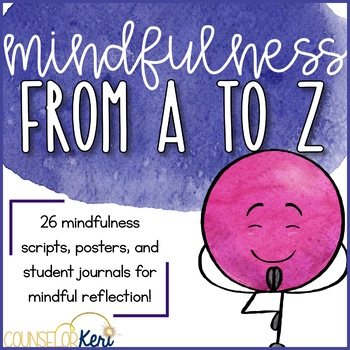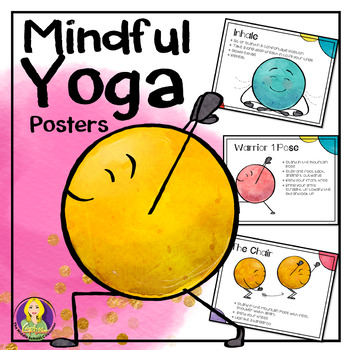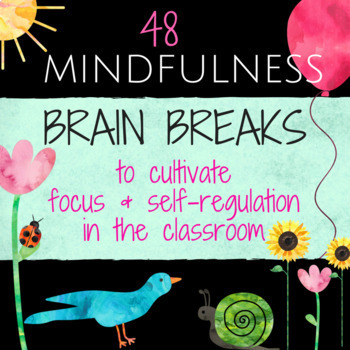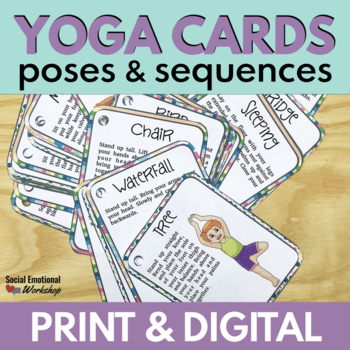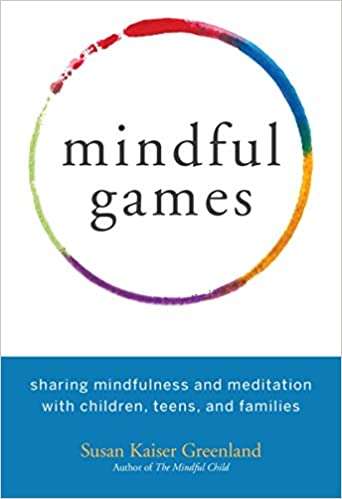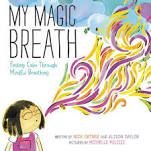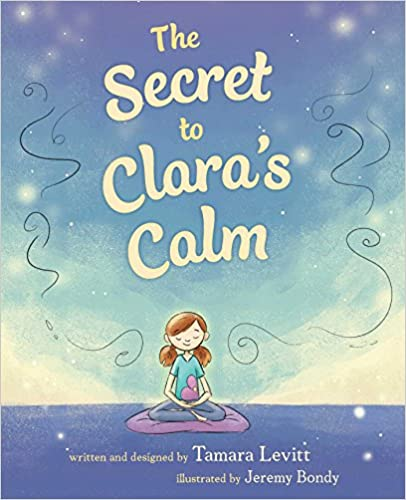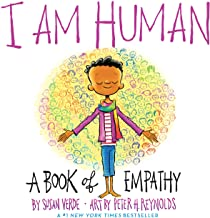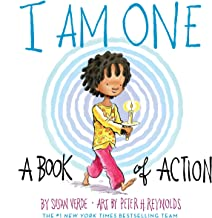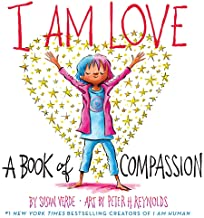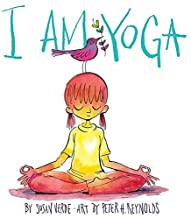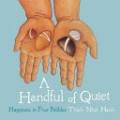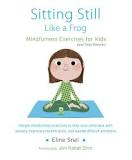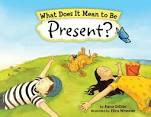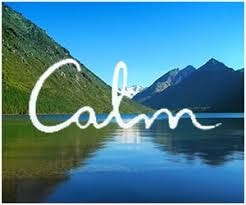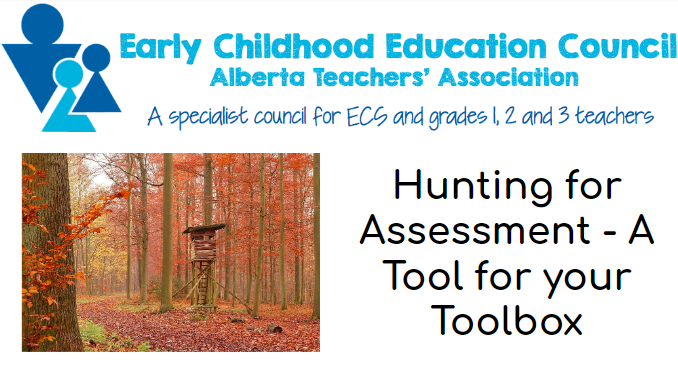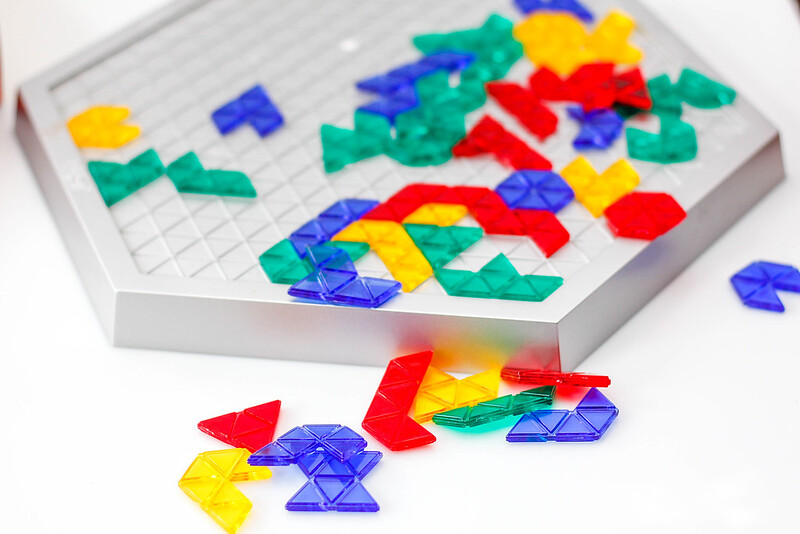About the EditorKim Wrathall is a Kindergarten Teacher from the Calgary Area working in a High Needs school for 15 years. She is currently completing her final semester of her Masters from the University of Calgary in Mindfulness-Based Research and its benefits for K-3 students. After having implemented her own daily practice 3 years ago she saw a significant benefit to her own well-being and therefore implemented it into her classroom. A classroom culture that included mindful practice allowed both teachers and students to build strategies and coping skills for some of our life’s most challenging experiences.
|
Overview
There is no more poignant time than now to have a discussion about the well-being of our profession. Who would have thought that this style of teaching would be our new reality? This is normally a time of year where foundational skills are then taken to the next step and a year of learning culminates in some kind of finality. The idea that it all came to a grinding halt due to a global pandemic would have never been in our vernacular. The entire teaching world as we knew it is no longer the way in which we reach our students. Learning for both teachers and students in this new style is a steep curve for all. Our days can seem endless, the worrying about our students increased and the future can seem uncertain, let’s be honest this challenge seems heavy. We thrive on building relationships with each and every one of our students through face to face contact. It is how we know how to hold them. This ongoing learning through a virtual platform is not connected in the same way, and it is hard.
In the words of Jody Carrington, “we are wired to do hard things” and in our true nature we will figure it out. What I want us to think about though is to what cost to ourselves? So why bring up teacher wellness at a time when we are just trying to figure it all out?
Often in the middle of a crisis, it is about survival, and stopping to think about how to regulate yourself is the last thing on your mind. You feel like you just need to keep things going so you don’t have to think about it and check off all the items, let’s just get all the things done. I agree I do that too, just like Dory “just keep swimming”. I invite you though to keep reading as to why it is in your best interest to hit the pause button, even for five minutes of your time.
In the words of Jody Carrington, “we are wired to do hard things” and in our true nature we will figure it out. What I want us to think about though is to what cost to ourselves? So why bring up teacher wellness at a time when we are just trying to figure it all out?
Often in the middle of a crisis, it is about survival, and stopping to think about how to regulate yourself is the last thing on your mind. You feel like you just need to keep things going so you don’t have to think about it and check off all the items, let’s just get all the things done. I agree I do that too, just like Dory “just keep swimming”. I invite you though to keep reading as to why it is in your best interest to hit the pause button, even for five minutes of your time.
Deep Breath... So I am going to be frank, dealing with those inner turmoils and acknowledging the overwhelm is not something anyone wants to do. As Brene Brown quotes doing things for the first time is hard. It’s too painful and truly who wants to go through that? I am going to tell you though from my own experience, one day it will catch up with you. As one of the significant doctors in the area of mindful research, Dr. Dan Siegel mentions “you have to name it to tame it”.
Here is where I get real... three years ago, almost to the day that the pandemic started, it all came crashing down for me. I had started my masters, had a group of students who were both emotionally and physically dysregulated, and I didn’t feel supported. I was no longer okay, but in true teacher fashion, I just kept saying it wasn’t about me and continued to trudge on. It was in March of that year when I realized that every morning when I woke up I dreaded the day ahead of me and what could potentially go wrong. Many times I contemplated needing a leave of absence but felt guilty about thinking about it. I remember sitting in my classroom the day before spring break and telling myself something had to change or I was going to break. Maybe I was just not cut out for this anymore. The profession that I had always dreamed about and loved was the thing that was taking me down- I was not okay. What I realized at that moment was that how I was reacting to the situation was, in turn, creating the chaos. I no longer had the tools in my toolbox to deal with it. I had to acknowledge, with a heavy heart- no one was coming to save me. So what was I going to do to build myself up to be better able to handle these hard things? |
For me, it became meditation, daily. I started small with a 21-day meditation that helped me figure out how to react and slow down. Each morning of that spring break I set myself up for the day and then ingested all I could about how to build my own capacity. Only then was I able to think about how this might work in my own classroom. I lived what I was going to show instead of what I was going to tell my students. Upon returning, I spoke to my young Kindergarten students and was honest about how I knew that things needed to change. We were going to try something new and see what this might do for our own self-care. I believed that if it even worked for a few moments a day to implement a mindful practice that was good enough for me. What I did not expect was the reaction I actually did get. In the months that followed (April- June), my class shifted in such a way that the building in which I worked started to ask what I did that I wasn’t consoling kids in the hallway anymore. My educational assistant felt more at ease, and my admin was not in my room daily. My students embraced the work, their whole being changed. By acknowledging my own need to regulate and being cognizant of a need to take care of me I indirectly took care of them. I was able to model how to work through hard things.
|
Time Shift to Today... I keep thinking of my recent research on mindful practice and listening to Dr. Jody Carrington’s discussion of relationships and connection, how my actions changed so they (my students) felt they could. That relationship and connection building was paramount. By taking the time to collect myself, find a new plan, and be regulated I could then take on the hard stuff. I could as Ram Dass says “ walk them home”. After all, isn’t that what we are all looking for?
So I am sure by this point there are at least a few of you that are nodding and saying well that sounds all fine and dandy but how do I do this and where do I find the time? Or there very well maybe some that look at this and think not my thing. What I want us to look at more closely is not about the specifics (mindfulness practice) but about the bigger picture of wellness, self-care, and self-growth (Dr. Jody Carrington). As we move through the summer and into the fall how are we going to be ready for this new, unpredictable “normal” in a way that acknowledges the importance of mental wellness for the entire classroom and school community? |
The Foundation... This is where some of the research resides. In many of the case studies that I have looked into one thing prevails. In order to implement mindful practices (and build Social-Emotional Regulation), they need to be taught by those who believe in the process, are trained on the philosophy, and are willing to model it. Taking the time in the day to create intentional moments of present awareness is key to those strategies.
So what actually is mindful practice? Mindfulness is “the awareness that emerges through paying attention on purpose, in the present moment, and nonjudgmentally to the unfolding of experience moment by moment” (Kabat-Zinn, 2003). To be mindful is to be acutely aware of the surroundings and to live in the moment. Often this definition is misconstrued as the idea of sitting in your space, having some calm music, and just breathing for extended periods of time. This is where collective people start to retreat. Yes, it is true that having the calming music, the quiet space and the breathing are important but it is more than just running through a series of events. It is about slowing down and engaging your prefrontal cortex by taking breaths to regulate your mind, heart, and the entire system. Have you ever noticed that when a student is at the height of their emotions their breath is rapid and if you simply talk calmly and breathe with them it comes down? That piece of regulation is key to their own awareness. When embarking on a mindful practice it is about teaching them the skills (through your modeling) of how to regulate these emotions independently. This walking them through the process asks them to acknowledge their body, their feelings, and their emotions at that moment. |
Dr. Patrica A. Jennings notes that as educators, there has been a shift in how to effectively prepare our students for the future. More and more there is a level of unpredictability and high expectation to perform, get things done, and cope with stress. As adults this is challenging to undertake, now imagine students who have never experienced or do not have the developmental capacity to navigate this on their own. Mindful practice has grown in popularity due to the increased levels of dysregulation that we are witnessing in our schools. Before our altered state to the end of the school year, we had plenty of concerns about students and their emotions. Areas such as struggles with daily social interactions and academic rigor required of them in the school system were continually being revisited and concerns were raised daily through meetings, note taking, IPP’s, Behaviour Support Plans etc. Now think of the fall, mental health will be the first area of importance in our classrooms as we help our students to work through what will no doubt be a very different way of learning. This will not just affect the students that we had the greatest concerns about before we left. There will be a great impact for all learners. When students are not regulated and do not have the strategies to work through hard things both their well-being and their academic skills suffer. You can not take on new information when you are not regulated. We as teachers cannot manage their emotions if we are not able to manage ours.
|
So Now What? Where Do I Begin? So how do you do this? Well you start small. You look at some resources and decide what you are comfortable with implementing in a way that the students know you believe in them. I have listed below a varied group that includes practical and more research based learning of self-regulation and mindful practices. Many of these resources even contain step by step processes on how to set up the space, how to introduce the learning and how to model it as part of the classroom culture. I included the research areas as well for two reasons 1) to so that there is a great deal of work being culminated into the importance of wellness for teachers and students 2) so that if you have parents, school administrators or school personnel asking why you have something to share. In the next pages of this article speaking to the students I will outline some of the more practical ways to build this into the learning.
|
Lastly, I want to end this section by saying this...it is okay to take care of you. I have been told this phrase so many times but “you need to put your oxygen mask on first”. I know it is hard work but you deserve to be the best for yourself, your family and your students. Deep Breath in Deep Breath out.
|
Resources for Teachers
|
The Mindful School: Transforming School Culture through Mindfulness and Compassion- Patricia A. Jennings
|
Mindfulness in the Pre-K to 5 Classroom- Patricia A. Jennings
|
|
Teacher Burnout Turnaround: Strategies for Empowered Teachers- Patricia A. Jennings (Release Date: December 2020).
|
The Power of Showing Up-How Parental Presence Shapes Who Our Kids Become and How Their Brains Get Wired- Daniel J. Siegel, MD
|
|
The Mindful Brain-Reflection and Attunement in the Cultivation of Well-Being- Daniel J. Seigel, MD
|
The Whole Brain Child-12 Revolutionary Strategies to Nurture Your Child's Developing Mind, Survive Everyday Parenting Struggles, and Help Your Family Thrive- Daniel J. Siegel, MD
|
Aware-The Science and Practice of Presence-Daniel J. Siegel, MD
|
Mindsight-The New Science of Personal Transformation- Daniel J. Siegel
|
Social-Emotional Regulation - through Mindfulness for Students Classrooms are complex entities that include various learners both academically and emotionally. Some might say that in the last 10 years the emotional regulation piece has become more prominent. We all know as professionals when students are calm and engaged in the work learning can be profound. When there is dysregulation, big emotions and disruption it spells disaster for everyone in the classroom community. Your attention as the teacher is then directed to the student with the greatest need in that moment. So how do you as the classroom teacher implement practices that can get to the heart of all those complex needs in a way that builds regulation skills. You build relationships and you get on the floor.
Mindful practice is about awareness of self. When you slow things down and model feelings and how to work through challenges they are held in a way that builds relationships. You as the teacher model by setting up the space. It is part of your schedule, daily. For young students you start small 1-2 minutes at the beginning of the year and gradually increase throughout. Mindfulness is also not a sit down and must do, whatever a student needs in that moment (a chair, a sensory tool, seating near you, a space with an educational assistant outside of the large group) set it up so all can be successful. Don’t beat yourself up about it if it looks chaotic at first, it will take time. Keep modelling and slowing it down and it will come. |
Mindful practice also comes with some important areas to understand especially when teaching it to kids. The following needs to be considered:
|
How the Day Could Look...
An Example of How Mindful Practice Looks in My Kindergarten Space To set up the space I have floor lamps and a salt lamp turned on in the day and when it is time for mindfulness we turn all other lights off (keeping in mind I explained this to students at the very beginning of the year). Students are then seated spaced out in our carpet area so that they are not touching each other (you will have to figure this out for your own context). As we start I remind them that this is their time to create their own calm space in their bodies and that their friends are trying to do the same. I then turn on music either on the smart board or through the Calm App that is paired with the timer. I then lead them in guided breathing techniques such as deep breathing, hot chocolate, snake breathing, buzzing bees, fire hand etc. etc. (all these links are suggested below). For the last couple of minutes (this is later in the year) they are invited to leave their eyes open or close them or sit up or lie down in their own space. They are reminded that they are concentrating on themselves. When the bell rings they can then wiggle their toes and their fingers and quietly sit back up. At this time I always invite a few of them to share how their body feels or what their favourite part was. If a child responds that they didn’t feel anything that day that is perfectly okay as we don’t always have to feel something.
|
What is important here is that you make implementing mindful practice work for you. Do some reading about the philosophy and determine what you are comfortable with and then test it out. I am hoping that you find it just as impactful as I have.
My last comment in all of this is one of a side note in it’s effectiveness. In the three years that I have been doing this each year I have experienced something different. I have had my student teachers embark on the practice, I have implemented the work and the knowledge into writing, drawing and art activities and now I have continued to make it part of our online sessions each week. I have literally watched students in a Google Meet that had joined in a moment of frustration or sadness work through using our breathing techniques and left me at the end of our session with smiles and laughing. I have also now had the opportunity to teach their parents and siblings calming strategies just by their presence online. This impact is something I never expected. I do truly hope that in reading all of this it will inspire you to do two important things:
|
Resources to Use With Students
Printable Resources
Books for Kids
YouTube Videos
|
|
|
|
Mindfulness Apps
|
This is a great wellness website/app for teachers who are looking to learn the basics of mindfulness meditation. Whether it is for your own personal wellness or to support wellness practices in an early years classroom, this website/app has much to offer! This website/app includes music to help you focus, relax, and sleep, as well as sleep stories and a variety of guided and unguided meditations for both adults and children. Some features of the website/app are available at no cost including the initial 7 Days of Calm, unguided sessions, some guided sessions, and tracking features that have no cost. A personal subscription that provides access to the entire Calm catalog costs $12.99/month, $59.99/year, and $299.99 for a lifetime subscription. Teachers, however, can register to have a lifetime free membership that includes unlimited content at this link: https://www.calm.com/schools for free. It does take a couple of days to process but well worth it.
|
Insight Timer.cominsighttimer.com/meditation-app is a website or App that provides over 45, 0000+ free meditations for both adults and children. You can obtain a wide variety of additional content and courses with membership plus at a cost of $60USD/yr. As it is a website/app that uses individuals from around the world to create content it changes regularly. Content can also be tailored to what your interests are, level of experience, and amount of time you have available. You can also follow guru’s that you may enjoy, invite friends, or share content with others. It is available on all Apple and Android platforms.
|
Hunting for Assessment - A Tool for your Toolbox
|
To create the tags and make them easily modifiable we used Google Slides for the hunting tag template and a Google Spreadsheet to fill in the information. A Spreadsheet addon called Autocrat helped to bring the information together. A simple search for what Alberta hunting tags looked like gave the idea of how to layout the information on the tags used in our activity.
|
